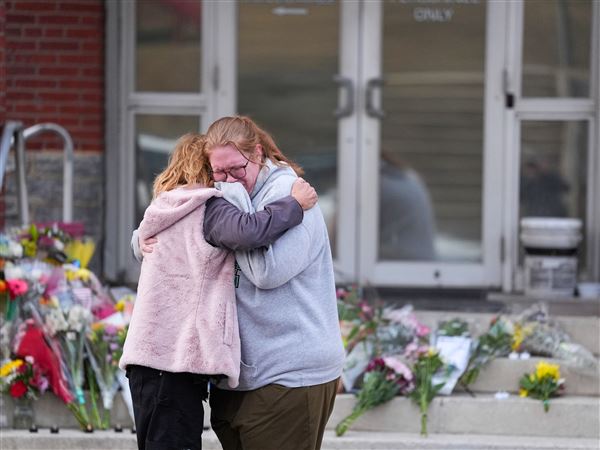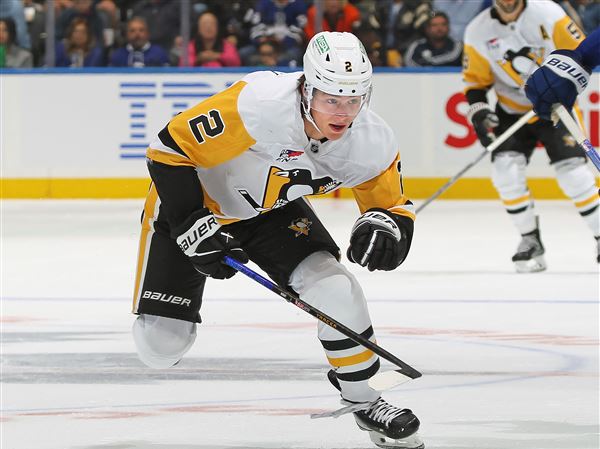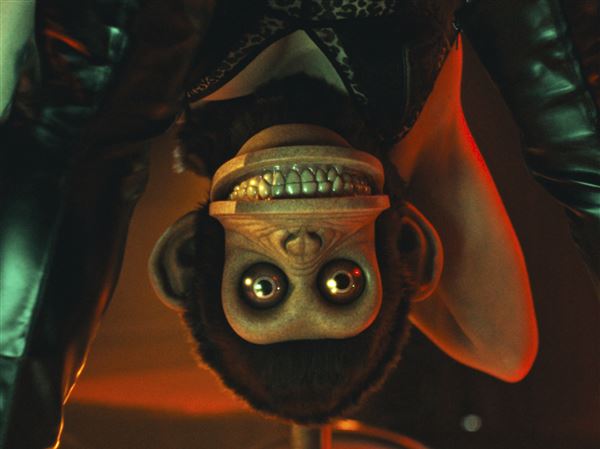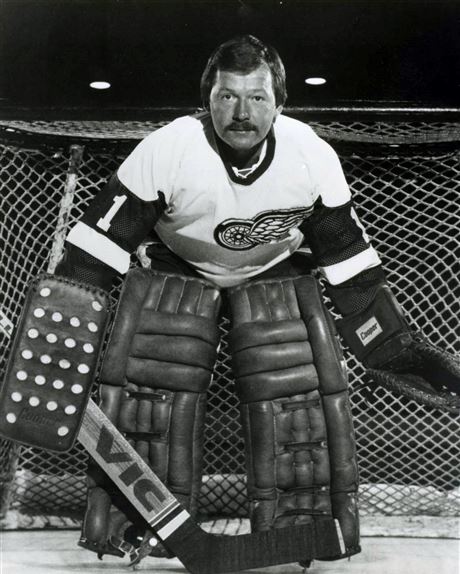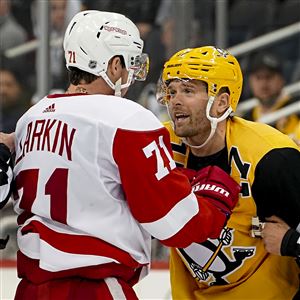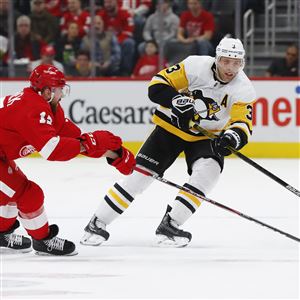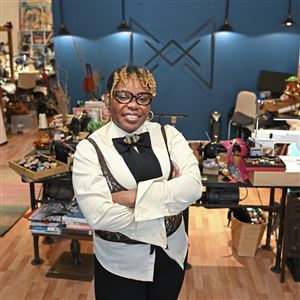As midnight approached on June 11, 1969, Jim Rutherford paced outside of the Globe and Mail newspaper’s Toronto office, anxiously waiting for the first edition off the press.
It was NHL draft day in Canada. Hours earlier, NHL executives met at the Queen Elizabeth Hotel in Montreal for a 10-round event that would determine the future of 84 budding hockey prospects.
Rutherford, at the time a promising, 20-year-old goalie, had a good sense he would be selected after several promising seasons in junior hockey. However, as draft day unfolded, his phone remained silent. So the young Rutherford and his parents piled into the family car in their small town of Beeton and made the hour-long drive down Ontario Highway 400 to the big city of Toronto.
“We waited there I think until midnight to get the first paper,” Rutherford said. “I read that I was drafted in the first round [10th overall] by Detroit. That’s how I found out.”
That day, with ink on his fingers and a smile on his face, Rutherford began an NHL journey that would eventually lead back to Toronto and the Hall of Fame.
In one way or another, draft day is memorable for every hockey player who hears his name called — and perhaps even more memorable for those who don’t. Penguins coach Mike Sullivan has a funny draft day story of his own. Following his junior season at Boston University, Sullivan was under his car changing his oil. His dad, George, came outside and said Rangers coach and general manager Phil Esposito was on the phone.
“I thought he was pulling my leg,” Sullivan said in an interview with CanucksTV in 2013. “It took me like five or 10 minutes to get in the house because I didn’t believe him.”
From Rutherford’s draft in 1969 and Sullivan’s in 1987, the event has grown and evolved considerably. It’s gone from a business-like meeting to a full-blown spectacle complete with custom-tailored suits, packed arenas and much, much more media coverage.
This year, however, the draft will be unlike anything people have seen or experienced. Due to the ongoing COVID-19 pandemic, all NHL teams will be drafting remotely instead of huddled together in the same room. The league has mailed the top prospects 31 hats, one from every NHL team, so they’re prepared to sport their new team swag when their name is called. For the players, in a sense, it will be a throwback to the days when no one attended.
“I guess in a way, it’s going to be similar to those old days,” Rutherford said.
Back in Pittsburgh, the Penguins have made special arrangements and are taking precautions. Masks will be worn and social distancing observed. Director of amateur scouting Patrik Allvin will chair the draft and coordinate the war room from inside PPG Paints Arena. The handful of people involved will include Rutherford, recently named Wilkes-Barre/Scranton general manager Jason Karmanos, Wilkes-Barre/Scranton assistant general manager Erik Heasley and director of hockey research Sam Ventura.
Regional scouts will be available by phone should the Penguins need some additional information. They are currently scheduled to pick in rounds three, four, five and six for a total of four selections.
“It’s just a smaller group in a bigger place taking all the proper precautions,” Rutherford said.
Sullivan won’t be at PPG Paints Arena because he’ll be virtually greeting the new draftees and welcoming them to the club. Needless to say they won’t have to wait outside the newspaper office for their news.
That brings us back to Rutherford and 1969. If you’re wondering what came next, a few days later the Detroit Red Wings contacted the young goalie to set up a meeting. A scout from the Red Wings came to Rutherford’s house and laid out the contract offer on the table. With no agent and little experience, let’s just say Rutherford wasn’t yet the savvy negotiator who built three Stanley Cup-winning teams.
“He told me at the time how much they wanted to pay me if I wanted to sign with the Red Wings,” Rutherford said. “I took their first offer. It was a $5,000 signing bonus, $15,000 to play for the Red Wings and $7,500 to play in the minors in Fort Worth.”
In today’s terms, that’s not much. But at 71 years old, the memory from decades ago is worth more than the salary.
Mike DeFabo: mdefabo@post-gazette.com and Twitter @MikeDeFabo.
First Published: October 6, 2020, 4:30 p.m.

